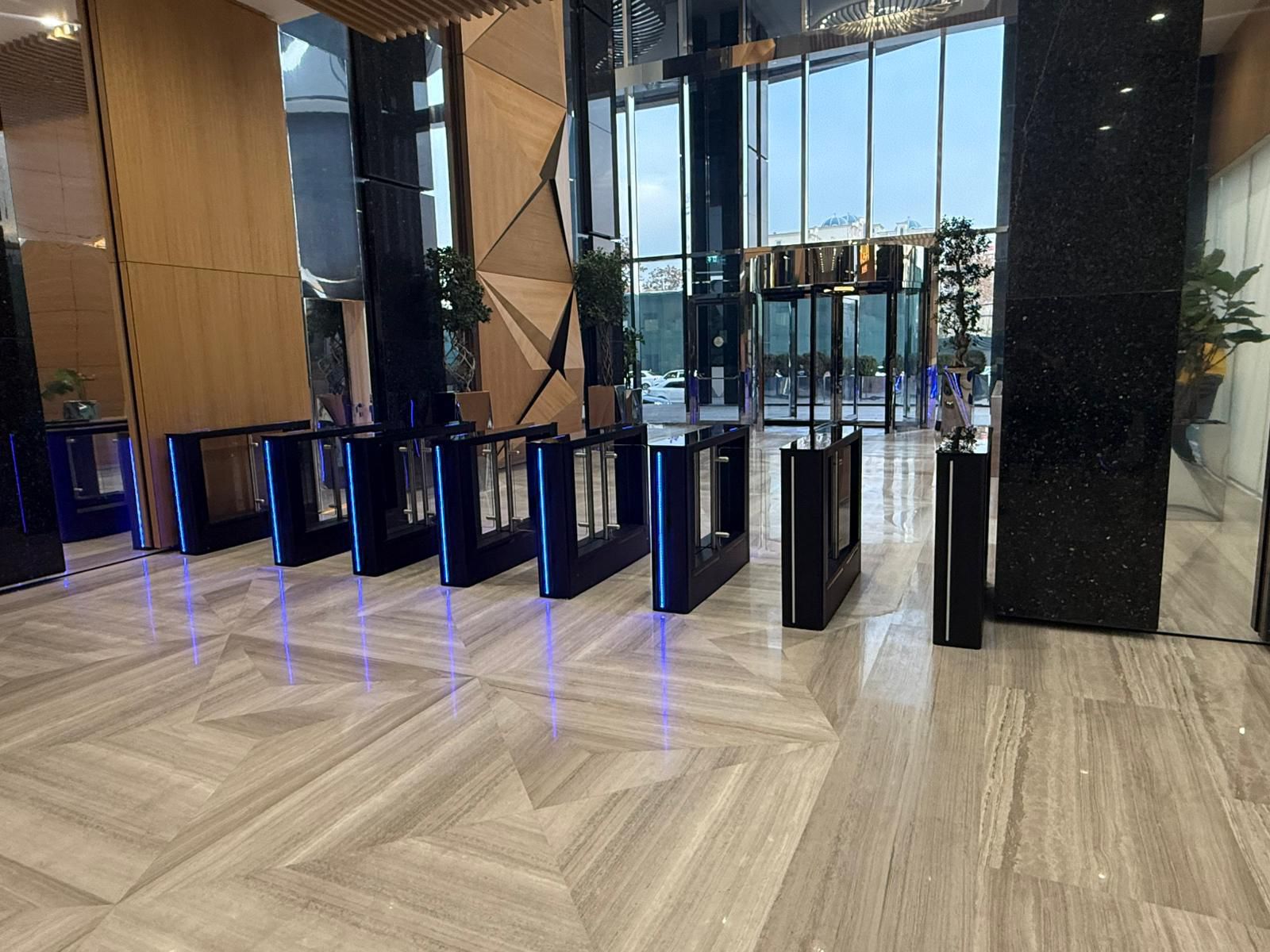| Oskar Turnike

Security has become one of the most critical issues in modern life. Turnstile systems play a significant role in ensuring order in crowded areas and preventing unauthorized access. Widely used in both the private sector and public spaces, turnstiles are an essential part of security technologies. This article explores what turnstile systems are, where they are used, their advantages, and their impact on various industries.
What Are Turnstile Systems?
Turnstile systems are physical security devices used to control entry and exit to a specific area. They are designed to regulate the flow of people, ensure access control, and prevent unauthorized entries. There are various types of turnstile systems, including:
- Tripod Turnstiles: Cost-effective systems with a simple three-arm mechanical structure.
- Speed Gates: Designed for fast passage in high-traffic areas.
- Full-Height Turnstiles: Used in places requiring high-security levels.
- Optical Turnstiles: Operate with touchless passage technology.
Where Are Turnstile Systems Used?
Turnstile systems are utilized in a wide range of applications. Here are the most common areas:
- Public Spaces:
- Metro and train stations
- Airports
- Municipal buildings
- Stadiums and concert venues
- Private Sector:
- Corporate entrances
- Factories
- Plazas and business centers
- Hotels and resorts
- Education and Healthcare:
- Universities and schools
- Hospitals and healthcare facilities
- Sports and Entertainment Venues:
- Gyms
- Theme parks
- Swimming pools
Advantages of Turnstile Systems
Turnstile systems not only enhance security but also improve order and efficiency. Here are the main benefits:
- Security: Increases security by preventing unauthorized access.
- Efficiency: Provides order in areas with high pedestrian traffic.
- Automation: Can integrate with card readers, fingerprint scanners, and facial recognition systems.
- Cost Savings: Reduces the need for security personnel.
Turnstile Systems and Technological Integration
Modern turnstile systems have become more effective with technological advancements. For example:
- Card-Based Systems: Systems where employees or visitors access using a card.
- Biometric Systems: Operate using fingerprint, iris scanning, or facial recognition technologies.
- IoT Integration: Turnstile systems can now be controlled remotely via internet connection, and data can be analyzed.
Factors to Consider When Choosing a Turnstile System
When selecting a turnstile system, the following criteria should be taken into account:
- Purpose: The intended use determines the type of system to choose.
- Security Level: Choose a turnstile system suited to low, medium, or high-security needs.
- Traffic Density: Opt for a system that supports rapid transit in high-traffic areas.
- Budget: Consider both installation and maintenance costs.
Conclusion
Turnstile systems hold a vital place in our lives for both security and order. With the advancement of technology, these systems have become smarter, faster, and more secure. By choosing a turnstile system that suits your needs, you can enhance security and easily manage the flow of people.
